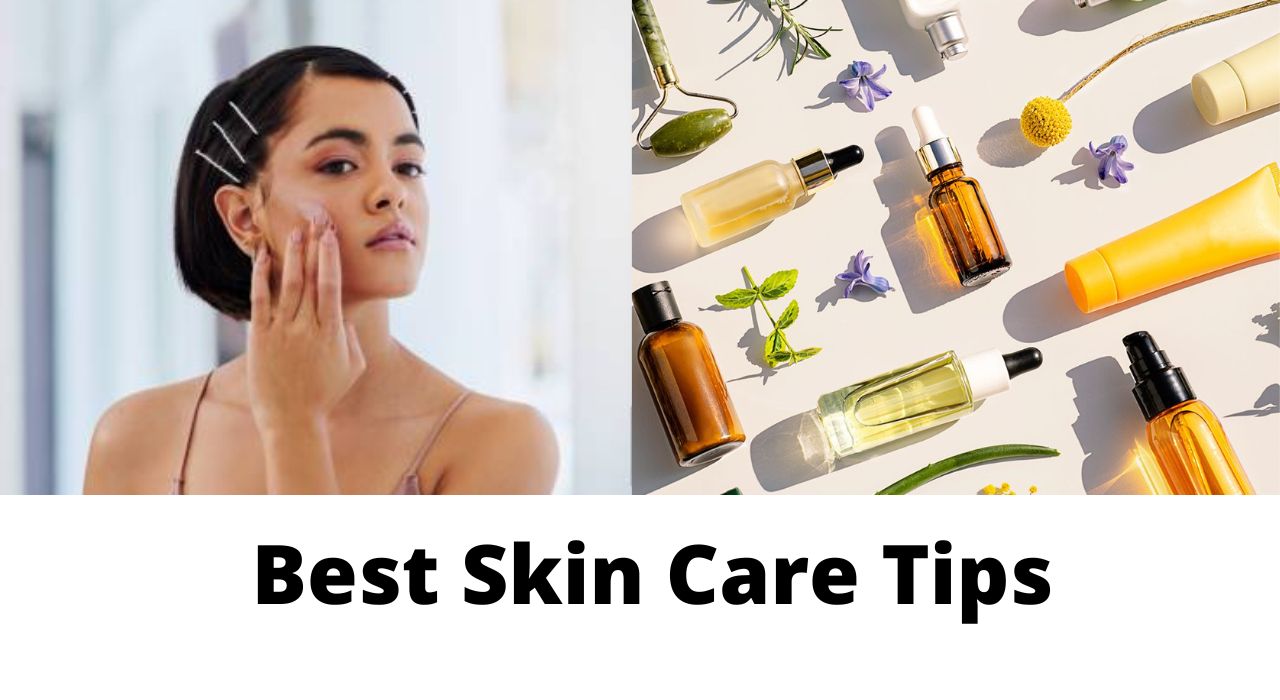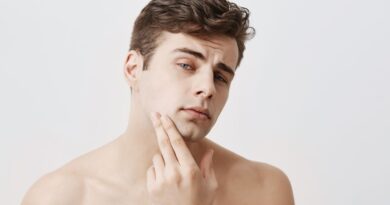Skin Lesions: Types, Diagnosis, Treatments
What are lesions?
An abnormal change in the tissue of an organism which is usually caused by a disease or trauma. They may occur in animals and plants as well. Lesions may be either malignant (cancerous) or benign (non-cancerous).
Introduction to Skin Lesions
Skin lesions are characteristic changes in an area of the skin which distinguishes it from the rest of the skin. These changes may be in forms of color, size, shape or texture. These lesions are very common and show up as restricted damage to the skin from either sunburn or contact dermatitis. However some of these lesions might prove to be dangerous caused by other physical issues such as genetic deficiencies, infections or diabetes. These lesions can be hereditary, such as moles and birthmarks, which can be passed down from the parents to their offspring.
Malignant Lesions
This is another way to call skin cancer. There are two types of malignant lesions called melanoma and keratinocyte carcinoma. A quick way to recognise these are to look for increase in skin lesions, change in the colours or sizes of the lesions already existing on the skin or a sore that doesn’t go away over time.
Benign Lesions
It is an abnormal growth or the formation of a tumour which is not cancerous and can occur any place in the body. Most of these aren’t harmful if they are not itchy. They are symmetrical, unlike the malignant lesions and are either stable or incur growth later on in a person’s lifetime.
Types of Skin Lesions
Currently there are two categories of skin lesions that can be found amongst people. They are primary and secondary.
Abnormalities in the skin that are from birth or develop over a person’s lifetime are primary lesions. Types of primary lesions are:
● Malcule- Discoloration of the skin which is levelled and has a diameter of less than one centimetre.
● Papule- A lifted area of the skin with no visible liquids around it and can grow to one centimetre.
● Nodule- It is bigger than a papule (larger than 1 cm) and resembles a raised bump, and can be located in any part of the skin.
● Tumour- It is a solid body of mass which is hidden under the skin and is bigger than two centimetres.
● Plaque- It is a levelled, lifted lesion bigger than one centimetre and its main characteristics are red and itchy.
● Vesicle- It is just a lifted bump filled with either just air or clear fluids.
● Bullae- These lesions are like pouches filled with liquid, which are usually found under thin layers of skin.
● Pustule- It is a miniscule bump on the skin that contains pus and carries a possibility of being infected.
● Wheal- It is a swollen, red mark that carries the ability to alter shape and appear from either bug bites and allergies.
● Burrow- They appear to be line like patterns on the skin formed little tunnels located under the skin.
● Telangiectasia- It is a condition in which the blood vessels located close to the surface of the skin get dilated and create linear patterns, also known as ‘spider veins’.
Created from irritation caused by primary lesions are secondary lesions. Types of secondary lesions are:
● Crust- It is a raised area on the skin which contains dried blood or serum.
● Excoriation- These lesions are line like scratched.
● Lichenification- They are thick and rough skin markings which are caused by scratching or irritation.
● Fissure- It is a line like narrow crack in the skin caused by excessive dryness or tension.
● Ulcer- It is a collapse of the skin which proves the loss of epidermis and fat, caused by trauma, infections, vascular compromise, etc.
Diagnosis
The diagnosis should only be conducted by a dermatologist (skin specialist). For the diagnosis, the dermatologist will conduct a full body test to see the lesions and inquire about all the lesions to the patient. Regular check ups might be required if the lesions are not cured by the medication provided in the first check up.
Treatments of Skin Lesions
Benign lesions can be treated with the help of local treatment and ointments or with laser therapy, cryotherapy, retinoids, surgical removal ,etc. Homemade medication made from plants like aloe vera and neem can also bear the solution for benign lesions.
Malignant lesions are a big deal to treat and get rid of. They can be only surgically removed which may be accompanied by radiation therapy, chemotherapy (most common cancer treatment) or by immunotherapy.
For the treatment of both types of lesions one important thing to remember is to put on sunscreen before and after the treatment is done to prevent further infection from the harmful UV rays of the sun which can also be a reason for skin cancer. The UV rays from the sun can turn a harmless lesion into a cancerous one.



